
In today’s rapidly evolving e-commerce landscape, businesses and analysts need comprehensive insights to stay competitive. Platforms like Amazon, Flipkart, Meesho, and others host thousands of products with varying prices, promotions, and customer feedback. Collecting this data manually is impractical and inefficient, making Multi-Platform E-Commerce Data Extraction with API Integration a critical solution. By integrating APIs, companies can streamline the collection, processing, and analysis of data from multiple e-commerce sites, transforming raw information into actionable insights.
With Multi-Platform Shopping Simplified with E-Commerce Data APIs, businesses no longer need to rely on tedious manual tracking. APIs enable automated, scalable data extraction that captures live product listings, pricing, and promotional trends across several platforms simultaneously. This approach not only saves time but also ensures accuracy and real-time updates for effective decision-making.
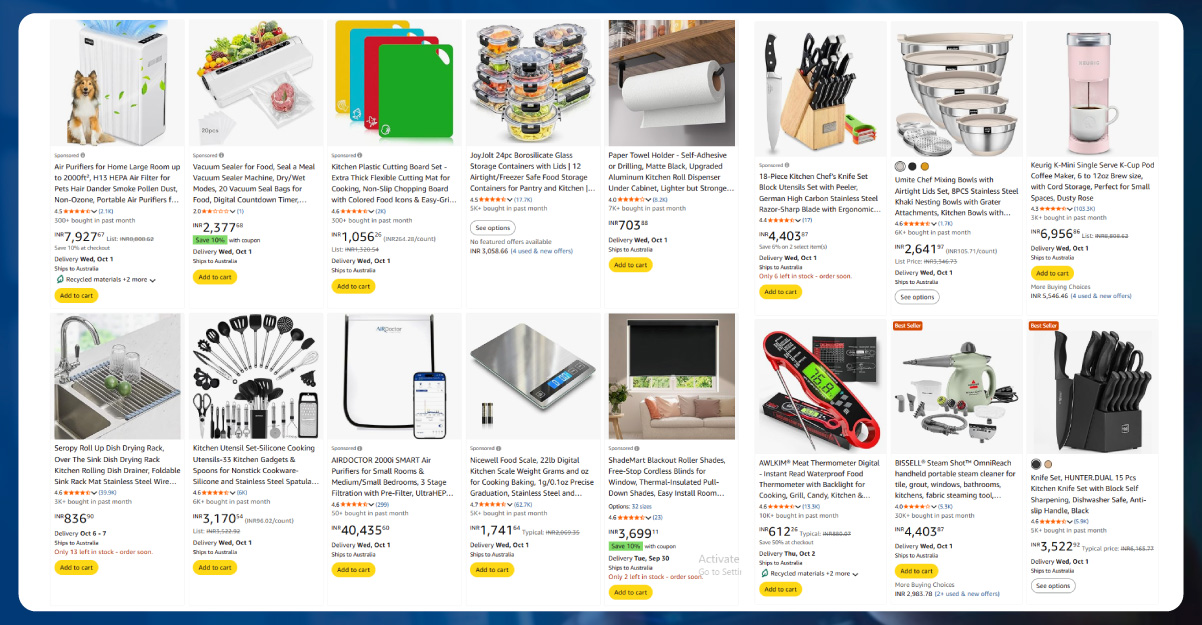
Modern e-commerce is fragmented, with products and deals spread across multiple websites and apps. Consumers compare prices and reviews across platforms, while businesses need a unified view of the market to optimize strategies. Multi-Platform e-commerce data scraping allows companies to gather critical insights, including:
By consolidating this data, businesses can make informed decisions regarding pricing, marketing campaigns, and inventory management.
APIs offer a structured and efficient method for extracting e-commerce data. Unlike traditional scraping techniques, API integration reduces errors, ensures real-time updates, and allows for scalable data collection. Some key benefits include:
With the Real-Time E-Commerce Product data scraping API, companies can respond quickly to market changes, adjust pricing strategies, and anticipate consumer demand.
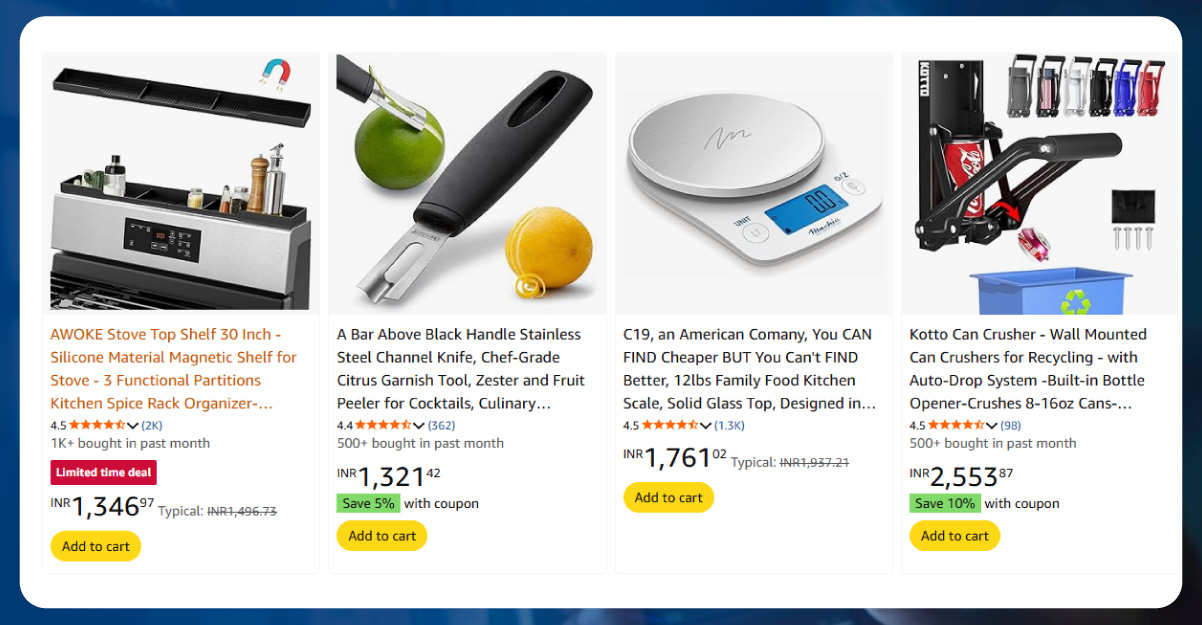
Collecting data from multiple e-commerce sites involves several steps. APIs provide a unified interface for accessing product listings, pricing, stock, and promotional details from various platforms. Scraping Data Across E-Commerce Apps for EasyShopping ensures consistency and reliability across datasets.
Some methods include:
These processes enable businesses to maintain a competitive edge and optimize strategies for better sales and customer satisfaction.
Consumers often struggle to compare products across multiple platforms. Businesses can leverage extracted data to provide more accurate recommendations, intelligent shopping tools, and dynamic pricing models. Shopping simplification via e-commerce data Extraction empowers both B2B and B2C stakeholders.
For example:
By integrating cross-platform data, companies can deliver a seamless shopping experience, boosting customer satisfaction and engagement.
Unlock actionable e-commerce insights today with our advanced data scraping and API integration solutions!
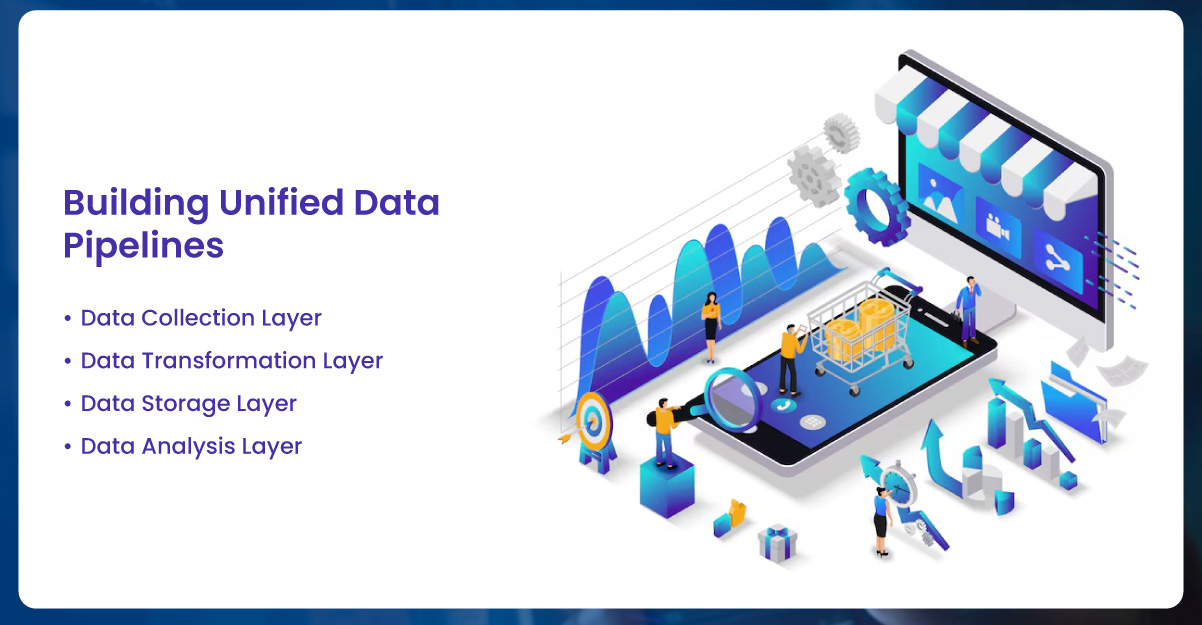
Effective multi-platform e-commerce data extraction requires building robust pipelines that aggregate, clean, and store data. Scrape Cross-Platform E-Commerce Data for Smarter Shopping by establishing the following architecture:
This unified pipeline ensures businesses can scale their data collection and analysis processes efficiently.
Traditionally, scraping multiple apps required platform-specific scripts and custom tools. Scraping E-Commerce App Data with Unified API simplifies this by providing a single interface for multiple platforms. Advantages include:
Unified APIs are particularly valuable for enterprises managing extensive product catalogs across several e-commerce marketplaces.
Beyond apps, businesses often need comprehensive website data. Extract E-Commerce Website Data includes:
Structured website data enables analytics for competitive monitoring, trend forecasting, and inventory optimization.
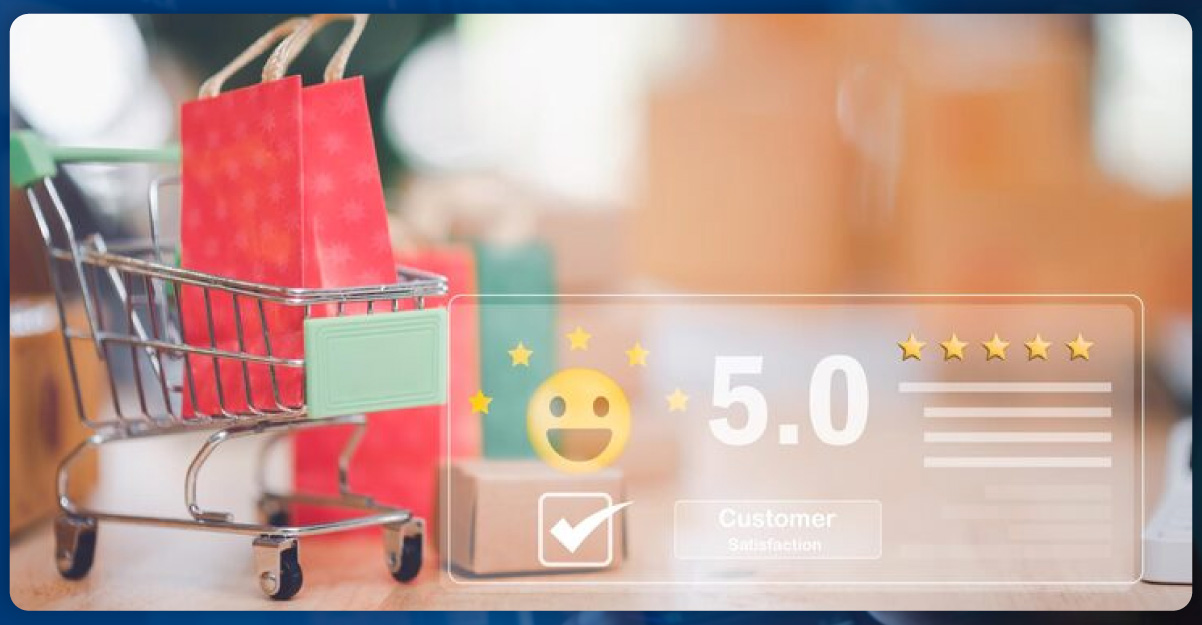
Customer feedback is a crucial aspect of e-commerce analytics. Structured Ecommerce Product Ratings and Review Dataset helps businesses understand:
Integrating ratings and reviews into datasets enables companies to make informed, data-driven decisions regarding product selection, pricing, and marketing.
Simply collecting data is not enough. Businesses need insights to make informed decisions. ECommerce Data Intelligence Services transform raw data into actionable intelligence through:
Intelligent analysis ensures that businesses derive maximum value from the collected data, enhancing decision-making and operational efficiency.
Automation plays a critical role in multi-platform data extraction. E-commerce Product Data Scraping API Service allows businesses to:
Automation reduces manual effort, minimizes errors, and enables timely insights for fast-moving e-commerce environments.
Integrating multi-platform data provides actionable insights for strategic business decisions. Companies can:
A consolidated view of the market enables businesses to remain competitive, improve operational efficiency, and enhance the customer experience.
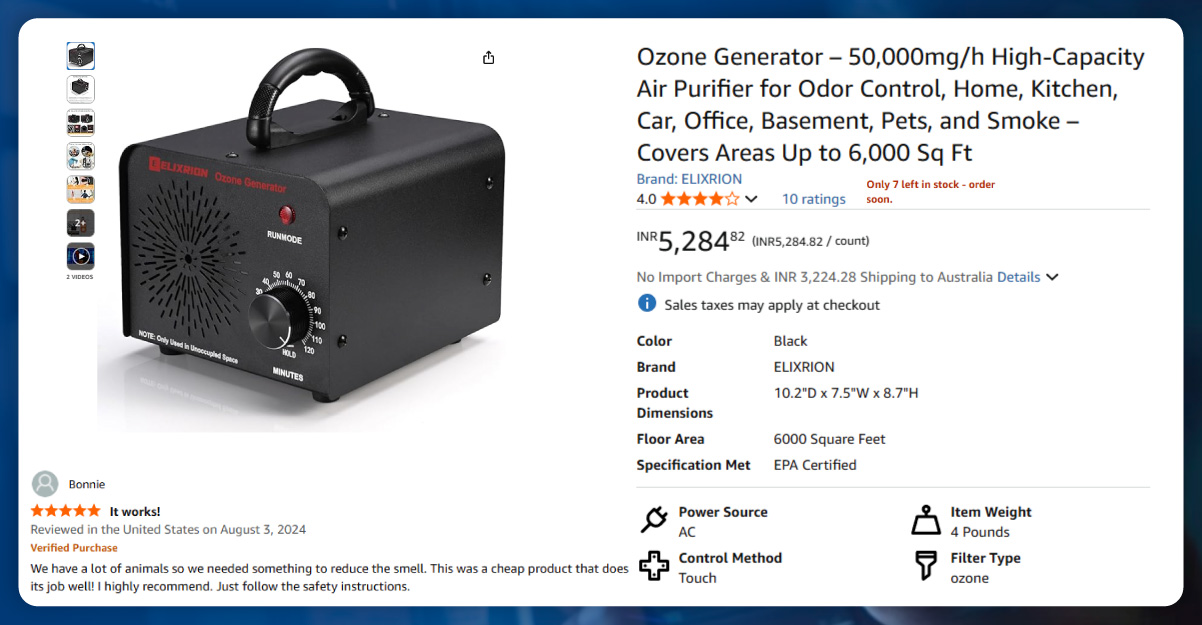
To ensure effective and sustainable data extraction:
Following these best practices enhances the accuracy, scalability, and usefulness of collected data.
Multi-platform data extraction can face challenges like::
Addressing these challenges requires a combination of robust API solutions, automation, and data intelligence services. Regular monitoring and adaptive strategies ensure seamless operation and high-quality data output.
In today’s competitive e-commerce environment, businesses need a holistic view of multiple platforms to drive growth. Leveraging the E-commerce Product Data Scraping API Service ensures accurate, real-time, and structured data collection. By adopting and implementing Multi-Platform e-commerce data scraping, businesses can gain actionable insights into pricing, promotions, and customer preferences.
Additionally, tools help create robust analytics frameworks. Businesses can also Scrape Cross-Platform E-Commerce Data for Smarter Shopping to monitor trends efficiently. Structured data enables companies to collect datasets and leverage services, ultimately transforming raw information into a strategic business advantage.
Experience top-notch web scraping service and mobile app scraping solutions with iWeb Data Scraping. Our skilled team excels in extracting various data sets, including retail store locations and beyond. Connect with us today to learn how our customized services can address your unique project needs, delivering the highest efficiency and dependability for all your data requirements.